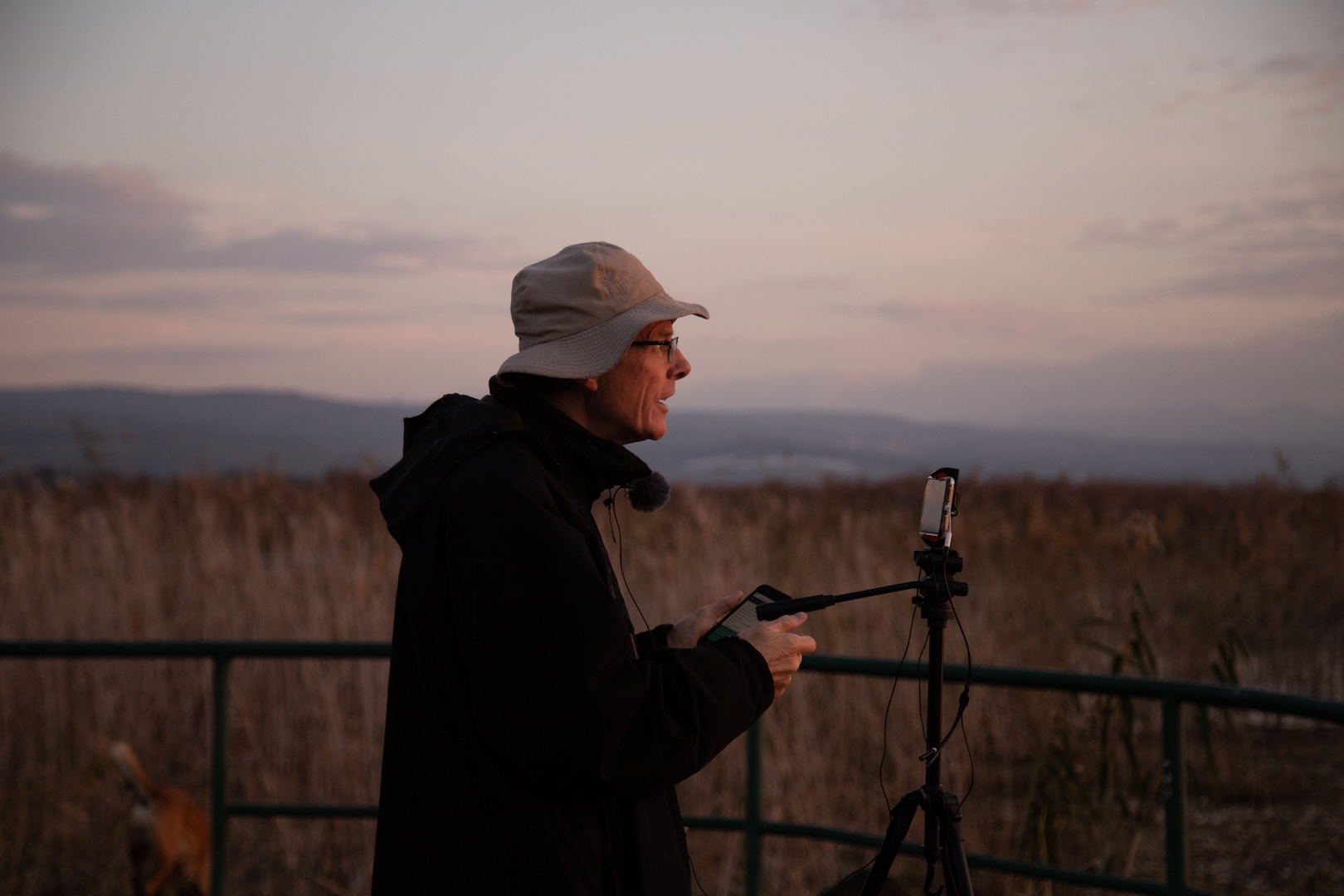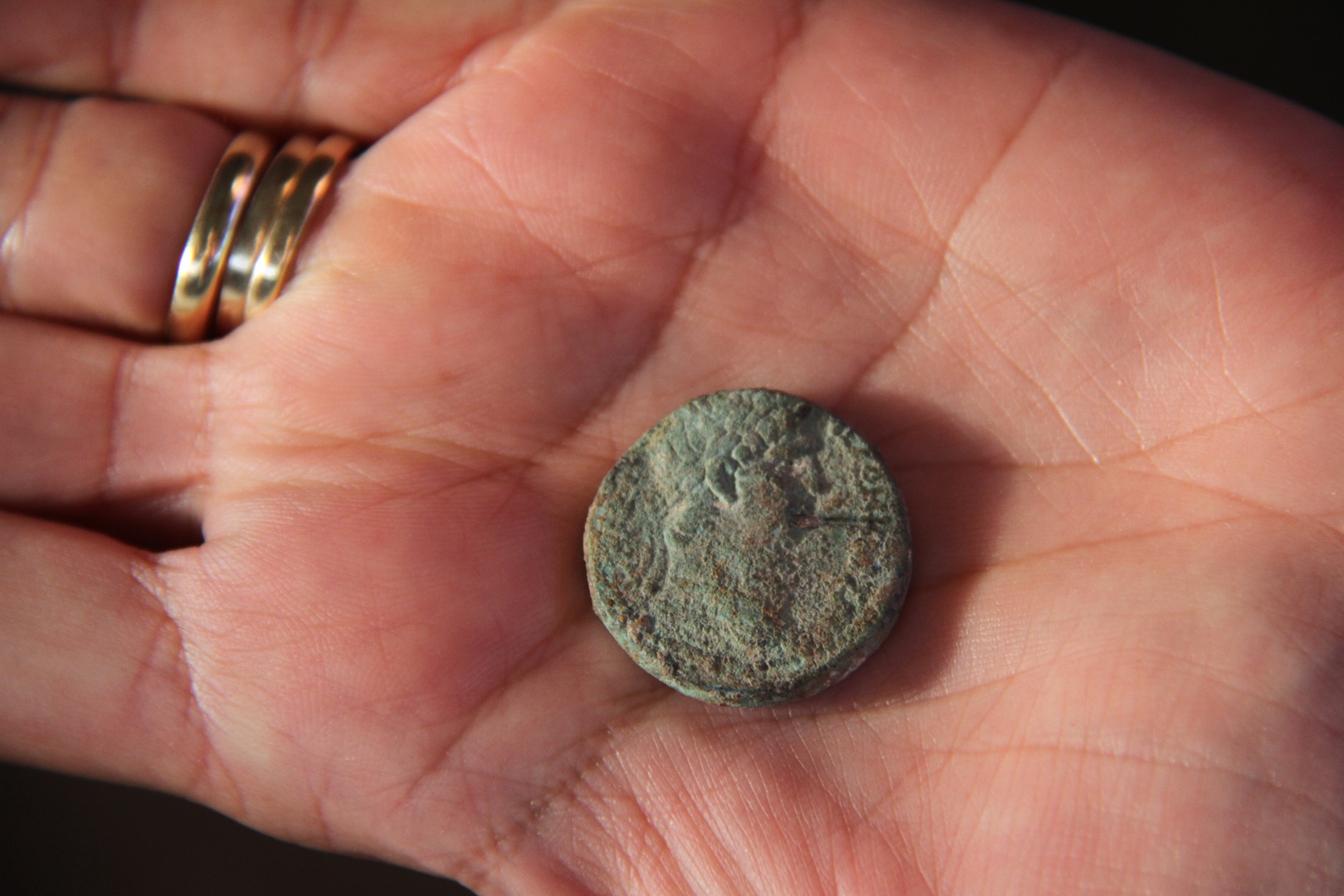This month, dedicated to the mosaics of Magdala, our archaeology team wishes to share information about the ancient mosaics found at the site. Two thousand years ago, the inhabitants of Magdala chose this art form to decorate their synagogue and the most emblematic buildings of their community.
The art of mosaic has its roots in the region of Anatolia and in Olinto, Greece, but it was firmly established in the city of Pella, in the Macedonia of Alexander the Great, around 300 B.C. With Hellenism, it spread throughout the Eastern Mediterranean. But what makes this art so special and captivating?
The earliest mosaics were created with small pebbles, which, arranged by size and color, allowed for the formation of geometric figures. Over time, these mosaics evolved, giving rise to more complex representations that expressed myths, allegories, and stories that fascinated the ancients. Perfecting this art, artisans began to cut the stones into small cubes, known as tesserae. Each of these cubes is manually placed according to a design. Some mosaics contain thousands of tesserae, and the quantity used makes the works more precise, detailed, and impressive.
During the Roman period, the art of mosaic became popular throughout the Empire, but it was not accepted by Judaism in the first century due to religious restrictions on the representation of images. However, during the reign of Herod, mosaics began to decorate his palaces and public buildings. Over time, the upper classes started decorating their homes with this style, initiating the diffusion of mosaics in Judea. Although the technique was Roman, the images were suitable for first-century Judaism and generally featured simple geometric figures.
The introduction of mosaics in Galilee occurred a few years later, possibly starting with the construction of Tiberias in 19 A.D., ordered by Herod Antipas. Tiberias was a Roman-style city, although its inhabitants were predominantly of Jewish ethnicity. To beautify it, artists specializing in mosaics were likely brought in, allowing residents from other towns, such as Magdala, to access this art, either through these artists or local artisans who learned the technique.
In Magdala, we have found two buildings decorated with mosaics that can be seen in the archaeological park: the mosaic of the synagogue (which includes the mosaic of the hallway and that of a small room located to the south) and the mosaic of the ritual baths. Both are very similar, but they have small differences that lead us to develop theories about their construction.
What do the mosaics of Magdala really mean? What differences do they have? Why did the inhabitants of Magdala choose them this way? We hope to answer more questions in the next publication. For now, we hope you enjoy the photographs and that you will soon join us to visit them at the archaeological site.
Discover more articles from this category






